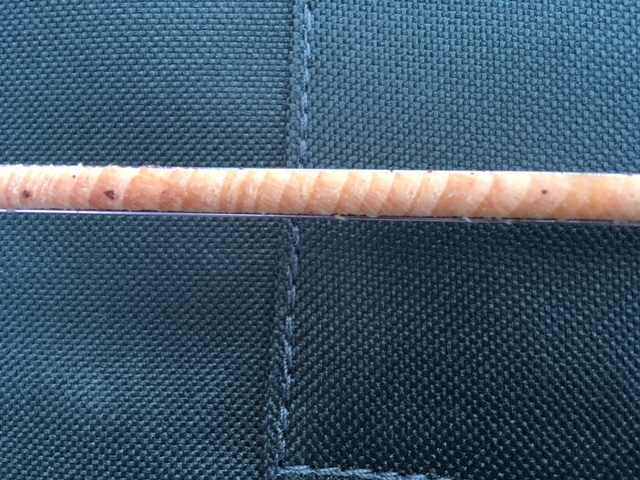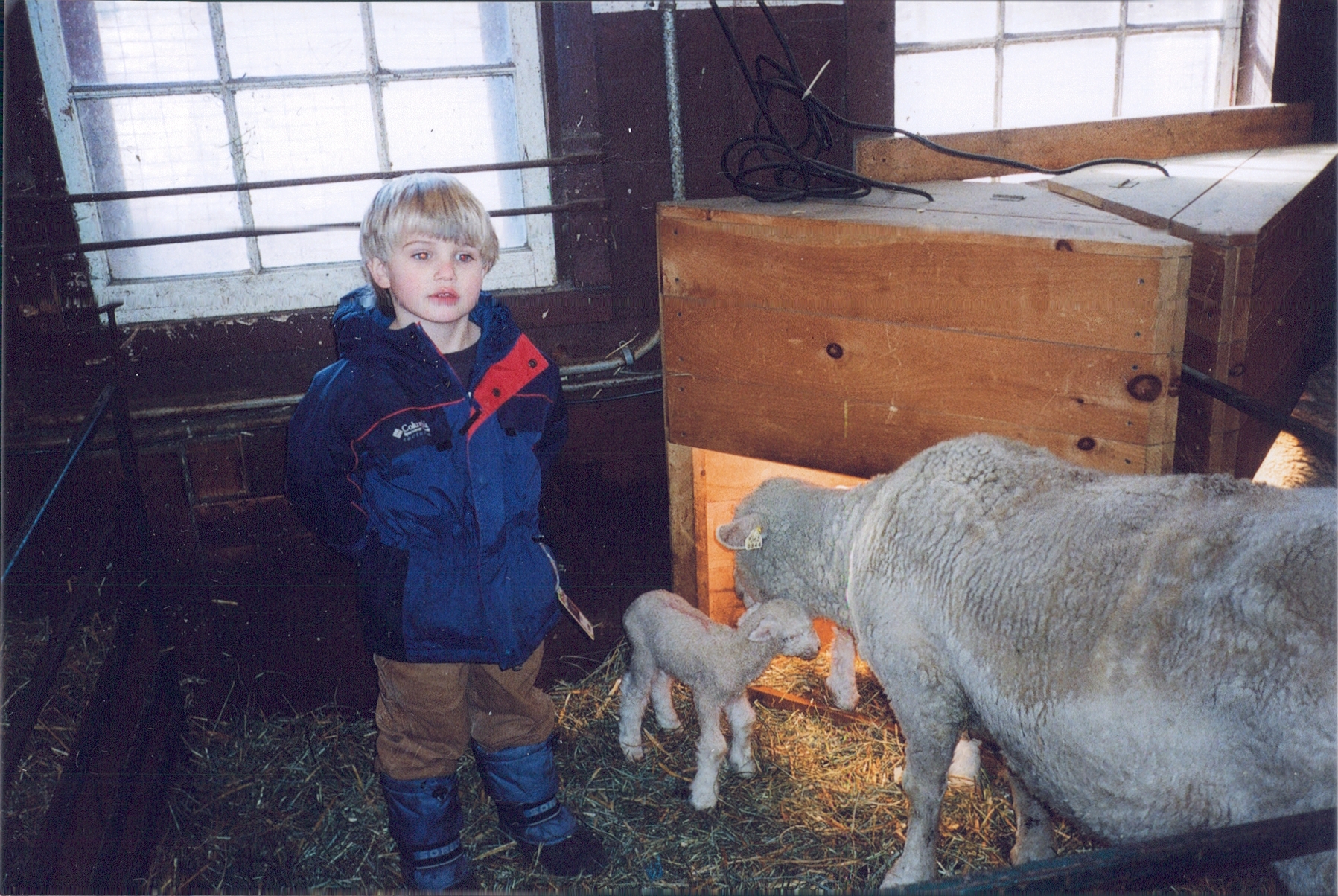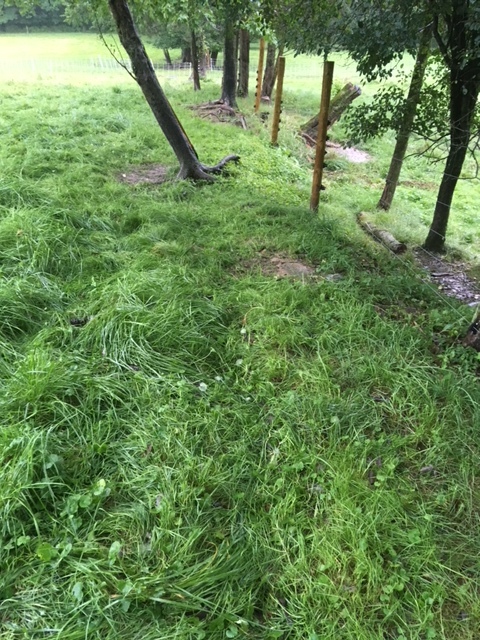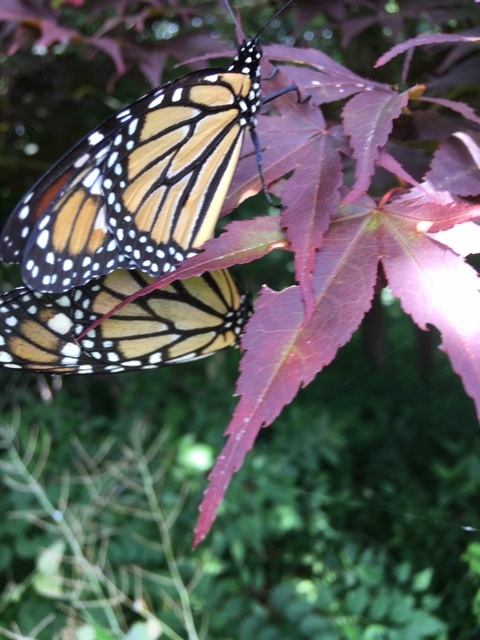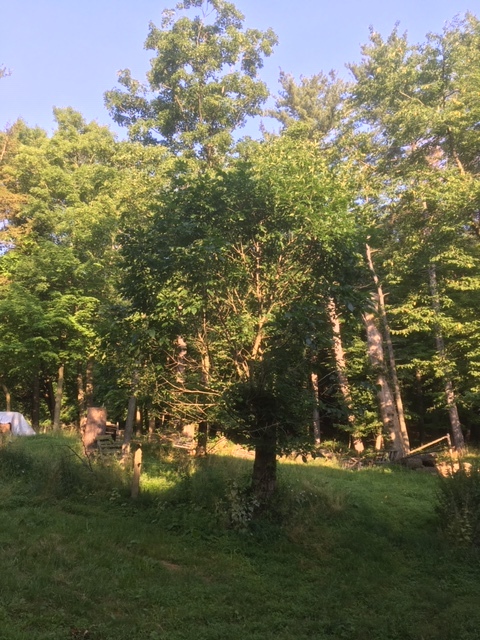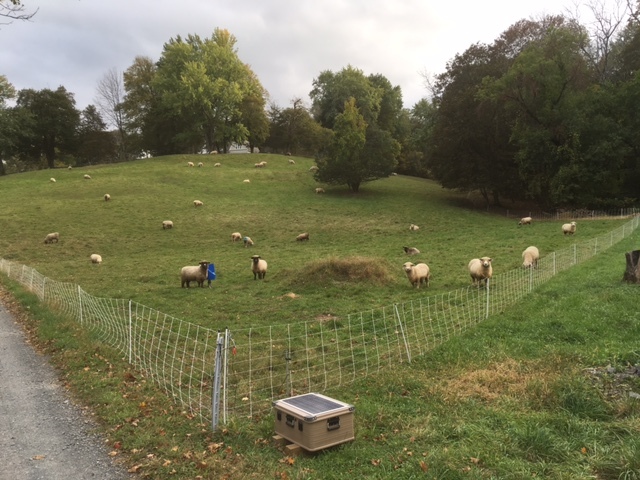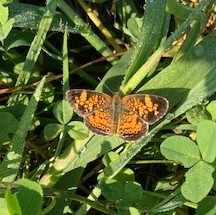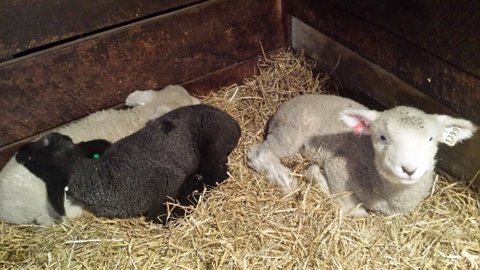Flock History
History of Anchorage Farm Romney Flock
This Romney flock began in 1981 at Wethersfield Farm in Amenia NY, under the flock name Wethersfield, with the purchase of 3 ewes from Brenda Bothe (NJ) and of a ram from Peter and Patty Drape (NY).
In 1992 we moved to a 250-year old farm in Saugerties, NY and changed the flock name to Anchorage to go with the name of our new place.

Bullock 0406
Additions of white ewes since 1981: in 1982, one Sattler (MI); in 1984, one Oaklawn (MI);in 1985, two Kessi (OR); 1987, eight Judah (WA); in 1988, fourteen Bellairs (MI), 3 Loesch (MI), 2 Gavin (MI), 1 DeBano (MT), 1 Williams (MI); in 1989, two Judah (WA); 1992, two North Star (VT), 1 Rogue Romney (OR) and 13 Judah (WA); in 1994, three Judah (WA) and 11 Running Battle (NY); in 1995, five Marsh (MA); in 1996, one Bolton (NY); in 1997, one Gavin (MI); in 1998, twenty-six Nudd, 2 Guild, 2 Allou (NY), 1 Bristle (MI), 1 Sandhill (Ullman); in 1998, one Bullock (WA), 1 Kikitangeo (Imp NZ); in 2005, eight ewes from Pin Oak Farms (OR). The North Star and Running Battle ewes were nearly all Judah first or second generation. In 2011, 1 ewe from SOR (OR) and 1 ewe from Smiling Sheep Farm (NH). In 2012 we added 1 white color-carrying ewe from Applewood Acres (NY). In 2018, Applewood Acres 707-17 and in 2019 two from Pitchfork Ranch (MI), 1023-18 and 1025-18.

Banklea 390
Natural-colored ewes: in 1995, one Rozalia (MA); in 1996, one Weymouth Walk (NJ); in 1997, nine Bellairs (MI) and 2 Weymouth Walk (NJ); in 1998, one Sears (OR), 1 Sand Hill (Hordyk) (WA).

Anchorage 280-03 ram

Tresco 360
White rams: in 1985, Sassafras Meadow Apollo (KY); in 1987, Judah 667-86 (WA), “Henry!” the 1987 National Champion. He was a son of the Judahs’ imported Offord ram; in 1992, Springfield 921 (MD); in 1994, Running Battle 92-039 (NY) ; in 1995, Green Corner 226/93 Tw (Imp NZ)*; in 1998, Kia Ora 203/96 (Imp NZ); in 2000, Bullock 9906 (WA); in 2002, Banklea 390/01 (Imp NZ); in 2005, Banklea 639/03 (Imp NZ); in 2005, Bullock 0460** (WA); in 2009, Barnes 8082 (OR); in 2010, Morton 0048*** (RI); in 2013, Pitchfork Ranch 729-13 Tw (MI) ; in 2016 Smiling Sheep Farm 145-15 (NH); in 2019, another white ram from the Chapins (Smiling Sheep Farm 272); in 2021, Little Hooves 005/20 (NJ); in 2022, SOR 1358-16 Tw (OR by way of MI); in 2023, Tawanda Farms G011 “Chaplin”
By artificial insemination, Offord 336/98 NZ in 2000 and 2001; Tresco 360/02 Triplet in 2007.
* The Green Corner ram was Res. Ch hogget in a class of ninety and in first pair at the Wairarapa Show ** Bullock 0460 was ARBA National Ch. 2005 *** Morton 0048 was Res. Ch ARBA National show 2011;
Offord 336/98 was same-year half-brother (sire side) to Offord 693/98, who was Ch. Romney hogget at the 1999 NZAS Royal Show and Supreme Ch. wool breeds
a brother of the sire of Kia Ora 203/96 was Ch. at the NZAS Royal Show

Weymouth Walk 0206 “Arjuna”

Green Corner 226-93 Tw Imp NZ
Natural-colored rams: in 1995 Weymouth Walk 9321B (NJ) ; in 1997, Silver Creek 557-93B (AI) Tw (OR); in 2003, Weymouth Walk 0206 (NJ); in 2005 Pitchfork Ranch 388 Tw (MI); in 2007 Pitchfork Ranch 461-07 (MI); in 2010, Tawanda Farms X001 (CA); in 2013 Pitchfork Ranch 721-13B (MI); in 2014 SORB 207 (OR); in 2015 Tawanda Farms W14 (Sangria) and Tawanda Farms Y 077 (Cary), two recessively-colored rams from California; in 2016 SORB 165 (OR by way of MI); in 2020, Pitchfork Ranch 989-17 (MI via Windy Oaks in PA); in 2021, Windswept Acres 20/36 (NJ); in 2022, Pitchfork Ranch 1202-22 Tw (MI); in 2023, Tawanda Farms F033 “O’Hara”
In fall 2016 we used the following rams: Tawanda Farms W14 (Sangria) Tawanda Farms Y 077 (Cary) SORB 165 Smiling Sheep Farm (Chapin) 145/15 Anchorage 1378-15 In fall 2017 we used Sangria (recessive), Cary (recessive) and Smiling Sheep 145 (white). In fall 2018, Smiling Sheep (Chapin) 145 (white); Anchorage 1444-16 (white) Anchorage 1486B-17 (natural-colored at extension dominant locus); Anchorage 1395B-16 Tw (recessive color at agouti locus) ; and Anchorage 1461B-16 Tr (recessive color at agouti locus). In fall 2019, Chapin 272 (white). Anchorage 1486B-17, Anchorage 1395B-16 Tw (recessive color at agouti locus); in fall 2020, Chapin 272-18 (white), Pitchfork Ranch 989 (natural-colored, not recessive); Anchorage 1461B-16 Tr (recessive color at agouti locus) and Anchorage 1621B -19 also recessively-colored. In Sept 2021 ewes will go to one of these three rams: Pitchfork Ranch 989, extension-dominant color; Little Hooves 005/20, white; or Windswept Acres 20/36, recessively-colored at the agouti locus. In fall 2022 see that page.
Hilary Chapin with Smiling Sheep 145/15
The years 1996-2018 saw the birth here of 1771 purebred Romney lambs, 49%% males. The male:female ratio varied a lot year to year from a low of 0.78 to a high of 1.38. Overall, birth types (by ewe giving birth) were distributed roughly follows: singletons 30%, twins 60%, triplets or quads 10%. Quads (5 sets in all) were uncommon. We had only two sets in which all survived. Not counting three years when AI had been done in September, the earliest first live birth was January 22. Results from 2014 through 2020 are detailed on the Sheep Health page.














